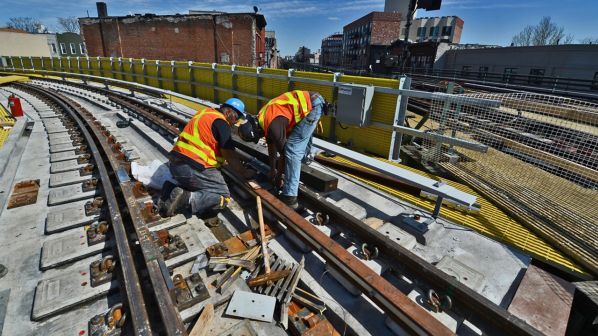The study, which was carried by engineering firm STV with assistance from the Transport Workers Union, will be completed by the end of the year.
The task force has already identified four core areas that would lead to higher speeds while maintaining passenger and employee safety. These comprise:
- reducing running times on tangent track and through junctions
- improving running times through curves
- alleviating bottlenecks and fine-tuning schedules to optimise train movements, and
- updating speed signs to improve train driver confidence.
MTA says the next step for the task force will be to examine appropriate and safe speed limits using train operation testing in actual conditions to determine running speeds in different configurations.
So far, the task force has examined the 14th Street to 34th Street-Penn Station section of the Seventh Avenue 1, 2 and 3 lines and in Manhattan on the 34th Street - Hudson Yards terminal section of the Flushing 7 Line.
“Our modern trains are better designed than our older fleet, and we have new tracks and continuous welded rail, better water drainage, improved electric service and interlockings, all of which means we can safely increase speeds beyond those set 20 years ago,” says MTA managing director Ms Veronique Hakim.
“As a former federal regulator, I understand that the safety of the more than 5.6 million people who ride on North America’s largest mass transit system is of paramount importance,” says Ms Jane Garvey, former Federal Aviation Administrator and task force chair. “The goal of this study has been, and always will be, to increase reliability in the system, reduce running times, but all while ensuring that riders who rely on the subways will reach their destinations safely.”

